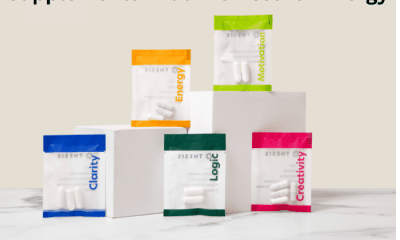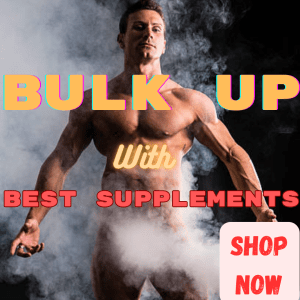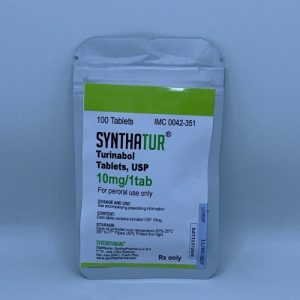Supplements
Why Most Multivitamins are Crap (and How to Know What isn’t) ?
How Much Do Americans Spend on Multivitamins?

Did you know that Americans have spent almost $20 billion on multivitamins and vitamin supplements last year? They have spent so much money on multivitamins and vitamin supplements hoping that taking such products will decrease their risk of developing cancer, dementia, cardiac ailments, and other dangerous diseases.
However, we believe that Americans wouldn’t spend a single penny if they knew the truth behind the multivitamin and supplement industry. The latest types of research into supplements, and other products alike have shown that vitamin supplements have no benefits.
Simply put, various types of research into vitamin supplements have concluded that multivitamins and vitamin supplements are nothing else but crap. They were crap always. We don’t know why people invented multivitamin and supplement products when they knew their products are going to be crap.
Must Read: Multivitamins and Bodybuilding
Multivitamins and Vitamin Supplements are a Health Hazard:

There are a couple of reasons why one should never take vitamin supplements and other products alike. The main reason why one should never take vitamins is that they are a health hazard. You’ve heard that right. They are a health hazard.
But how can vitamin supplements be a health hazard when they are just a bunch of vitamins supposed to make us healthy? They are a health hazard because of the additives that are added to them. The additives contained in your vitamins can seriously damage your health.
Must Read: 4 Best Multivitamins for Athletes
Should You Stop Taking Multivitamins?

To answer this important question, we will represent you here important findings that were published in the respectable medical journal called Annals of Internal Medicine. The researchers who investigated multivitamins are concerned about people who spend hundreds of dollars on vitamin supplements.
They say that these pills and potions don’t have any benefits at all. Scientists have also said that companies which produce vitamin supplements are terrifying people with false health anxiety so people could purchase their multivitamin pills.
One important scientist called Dr. Lawrence Appel even claims that supplements won’t heal chronic disease nor they can save you from death. There’s just no point in taking supplements and multivitamins, according to Dr. Appel.
That must have been a shocking revelation to all of you who have spent thousands of dollars on supplements, antioxidant pills, and other fraudulent products.
Must Read: What is the Best Multivitamin For Men Over 50?
Don’t Take Multivitamins for the Sake of Your Health
We recommend you not to take multivitamins for the sake of your health! These products can only ruin your already ruined health even more.
Scientists who studied multivitamins and supplements have found out, for example, that Vitamin E supplements can be toxic when taken in large doses. They have also found that Beta Carotene supplements increase the risk of lung cancer in smokers!
Forget about those antioxidant pills as scientists have found out that those fraudulent “antioxidant” pills can’t decrease your risk of developing serious chronic ailments.
What Should You Do Instead of Taking Multivitamins and Minerals?
We guess that you are angry now at the whole industry which makes supplements and multivitamins. We also guess that you probably ask yourself what you should take instead of multivitamins.
Well, instead of taking supplements, antioxidant pills, and other products that are said to improve your health, you should eat more vegetables, fruits, reduce your salt intake, exercise more, and eat more saturated fats. You should also reduce Trans fats in your diet.
By doing these things, you will improve your health. There’s no magic pill or supplement that can improve your health. They can only worsen your overall health.
Must Read: Micronutrients for Bodybuilding – Water and Vitamins
Can I Take any Multivitamins?
It’s up to you. Look, we didn’t advise you to completely give up taking multivitamins and supplements. Some of them are actually good, but those are rare to find.
Instead of taking vitamins, we recommend you taking omega-3 supplements and Vitamin D supplements. They are the only beneficial supplements in the whole supplement world.
Steroids
Creatine vs Myostatin: An Expert’s Analysis
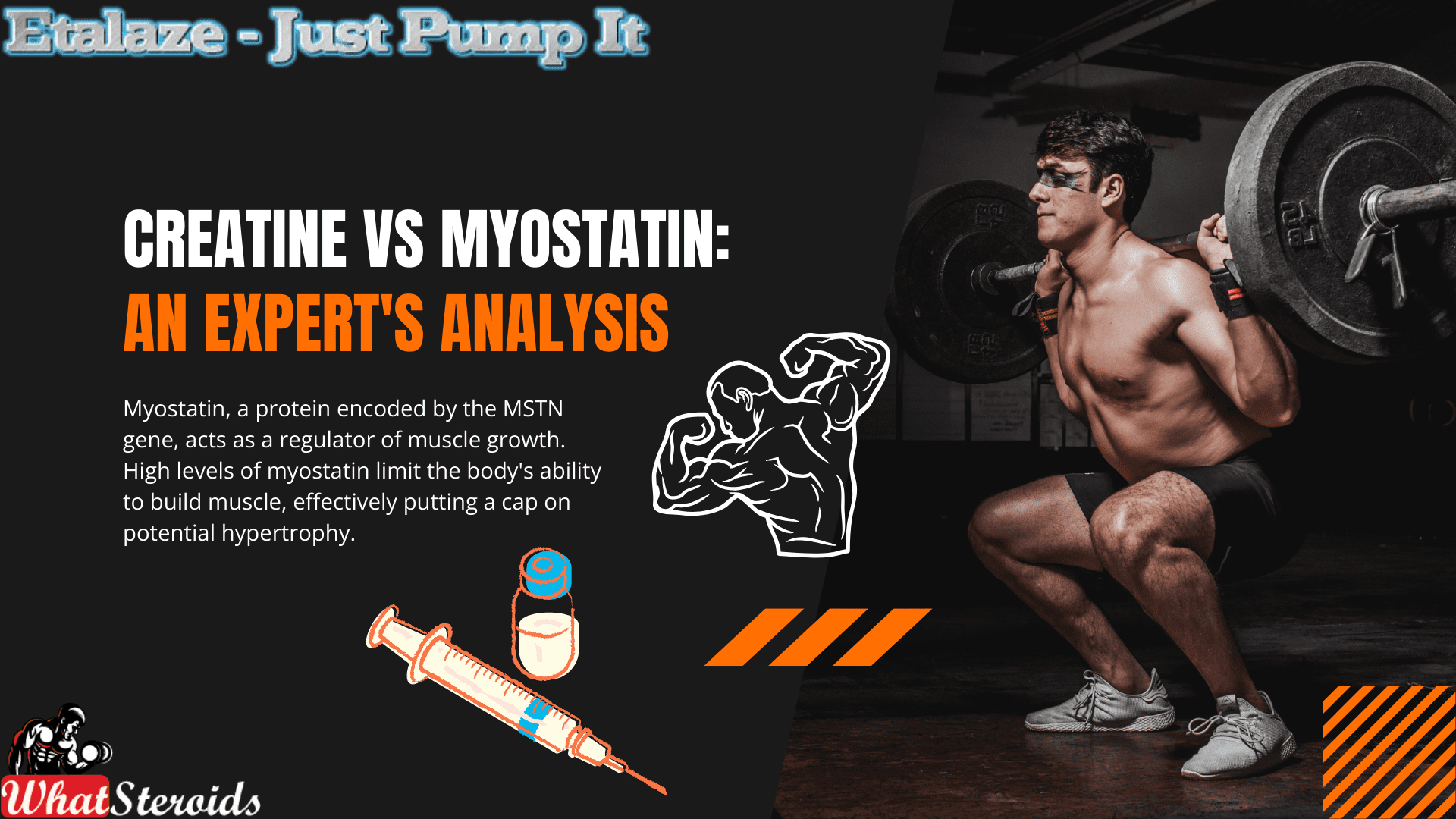
Myostatin, a protein encoded by the MSTN gene, acts as a regulator of muscle growth. High levels of myostatin limit the body's ability to build muscle, effectively putting a cap on potential hypertrophy. Inhibiting myostatin has become a focal point for bodybuilders looking to break through plateaus and achieve significant muscle gains. The question is: can creatine, a popular and widely available supplement, help in this regard?
Medical History of Myostatin and Creatine
Myostatin and creatine, while popular now in the bodybuilding world, have their roots in entirely different contexts:
Myostatin: Natural Muscle Growth Regulator
Myostatin is a protein originally identified for its role in regulating skeletal muscle mass. In nature, it serves an evolutionary purpose: by limiting muscle growth, it conserves energy, ensuring that animals (and humans) don’t expend unnecessary resources maintaining excessive muscle tissue. This was especially important in the wild, where energy efficiency could mean the difference between survival and extinction.
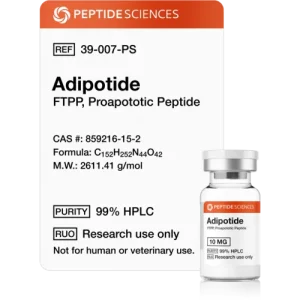 Check Adipotide (FTPP) 10mg by Peptide Science
Check Adipotide (FTPP) 10mg by Peptide Science
In the medical field, research into myostatin has focused on its role in muscle-wasting diseases. Scientists are exploring ways to inhibit myostatin to treat conditions like muscular dystrophy, where excessive muscle loss impairs quality of life. This therapeutic potential is where the idea of myostatin inhibition first began—long before bodybuilders latched onto the concept.
Creatine: Energy and Medical Applications
Creatine was originally studied for its role in energy metabolism. It’s a naturally occurring compound stored in muscle cells and plays a critical part in replenishing ATP (adenosine triphosphate), the body’s primary energy currency during short, high-intensity activities.
Before becoming a bodybuilding staple, creatine gained recognition in medical and sports science for its ability to improve athletic performance and assist with recovery. Furthermore, in medicine, creatine was investigated for neurological conditions such as Parkinson’s disease, Huntington’s disease, and muscular dystrophy, given its potential to improve muscle function and brain energy metabolism.
In the sports world, it was initially adopted by sprinters and weightlifters in the 1970s and 1980s for its energy-enhancing benefits.
Both myostatin and creatine have found new life in bodybuilding circles, demonstrating how discoveries in natural physiology and medical science can lead to transformative applications in fitness.
Benefits of Creatine as a Myostatin Inhibitor
Muscle Growth Potential: Research suggests that creatine, when paired with intense resistance training, may inhibit myostatin to a degree, fostering an environment for enhanced muscle growth.
Improved Exercise Performance: Creatine is well-known for its ability to increase ATP production, translating to better performance during high-intensity activities.
Versatility Across Fitness Levels
Whether you're a beginner or an advanced athlete, creatine offers benefits that complement various stages of muscle-building.
Must Read: A New Caffeine? What You Need to Know about Teacrine
Affordability and Accessibility
Compared to specialized myostatin inhibitors like YK-11 and ACE-031, creatine is significantly more affordable and accessible.
Side Effects of Creatine
While generally safe for most individuals, creatine supplementation does come with some potential side effects:
Water Retention: Some users experience bloating due to increased water retention in muscle cells.
Gastrointestinal Issues: High doses may lead to stomach upset or diarrhea.
Kidney Concerns: Although rare, prolonged excessive use could strain the kidneys, particularly in individuals with pre-existing conditions.
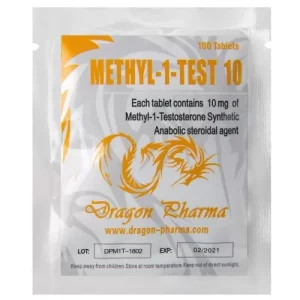 Buy Methyl-1-Test 10 -100 tabs by Dragon Pharma
Buy Methyl-1-Test 10 -100 tabs by Dragon Pharma
Alternatives to Creatine for Myostatin Inhibition
YK-11: A synthetic myostatin inhibitor derived from SARMs, offering more potent results but accompanied by more significant risks.
ACE-031: A peptide that directly inhibits myostatin, though it remains in experimental phases and is not legally approved in many regions.
Natural Alternatives
Follistatin-rich Foods: Eggs and dairy products may have natural myostatin-inhibiting properties.
Resistance Training: Intense and consistent weightlifting alone can naturally lower myostatin levels.
Where to Buy Creatine
Creatine is readily available worldwide. It can be purchased from:
Local Pharmacies and Nutrition Stores: Ideal for trusted and immediate access.
Online Platforms: Websites like Amazon, iHerb, or bodybuilding-specific stores offer a variety of brands and formulations.
Supplement Brands: Well-established brands such as Optimum Nutrition, MyProtein, and Cellucor often carry high-quality creatine.
Legality of Myostatin Inhibitors
Creatine: Creatine is completely legal and widely accepted as a dietary supplement.
YK-11 and ACE-031: These compounds exist in a legal gray area in many countries due to their experimental nature and potential risks. It's essential to research local laws before considering these options.
Best Stores and Suppliers
For reputable products, consider:
Transparent Labs: Known for purity and transparent labeling.
Optimum Nutrition: Offers pharmaceutical-grade creatine monohydrate.
Bulk Supplements: A great choice for bulk buyers seeking affordability and quality.
Our Advice to Bodybuilders
Always consult with a healthcare professional before starting any new supplement, especially if you are already using AAS or other advanced compounds.
Prioritize a balanced diet and consistent exercise routine. Supplements like creatine work best as part of a holistic approach to fitness.
Stay hydrated while using creatine to minimize water retention side effects and support kidney health.
Related Article: Best Syringes for Steroid Injection on Amazon
Overall
While creatine may not be as potent a myostatin inhibitor as advanced compounds like YK-11 or ACE-031, its affordability, safety, and accessibility make it a valuable addition to any bodybuilder's supplement stack. By leveraging its benefits alongside proper training and nutrition, you can maximize muscle growth and overcome plateaus, regardless of your fitness level.
Bodybuilding Products
Counteracting Anabolic Resistance with Adaptogens in Aging Men
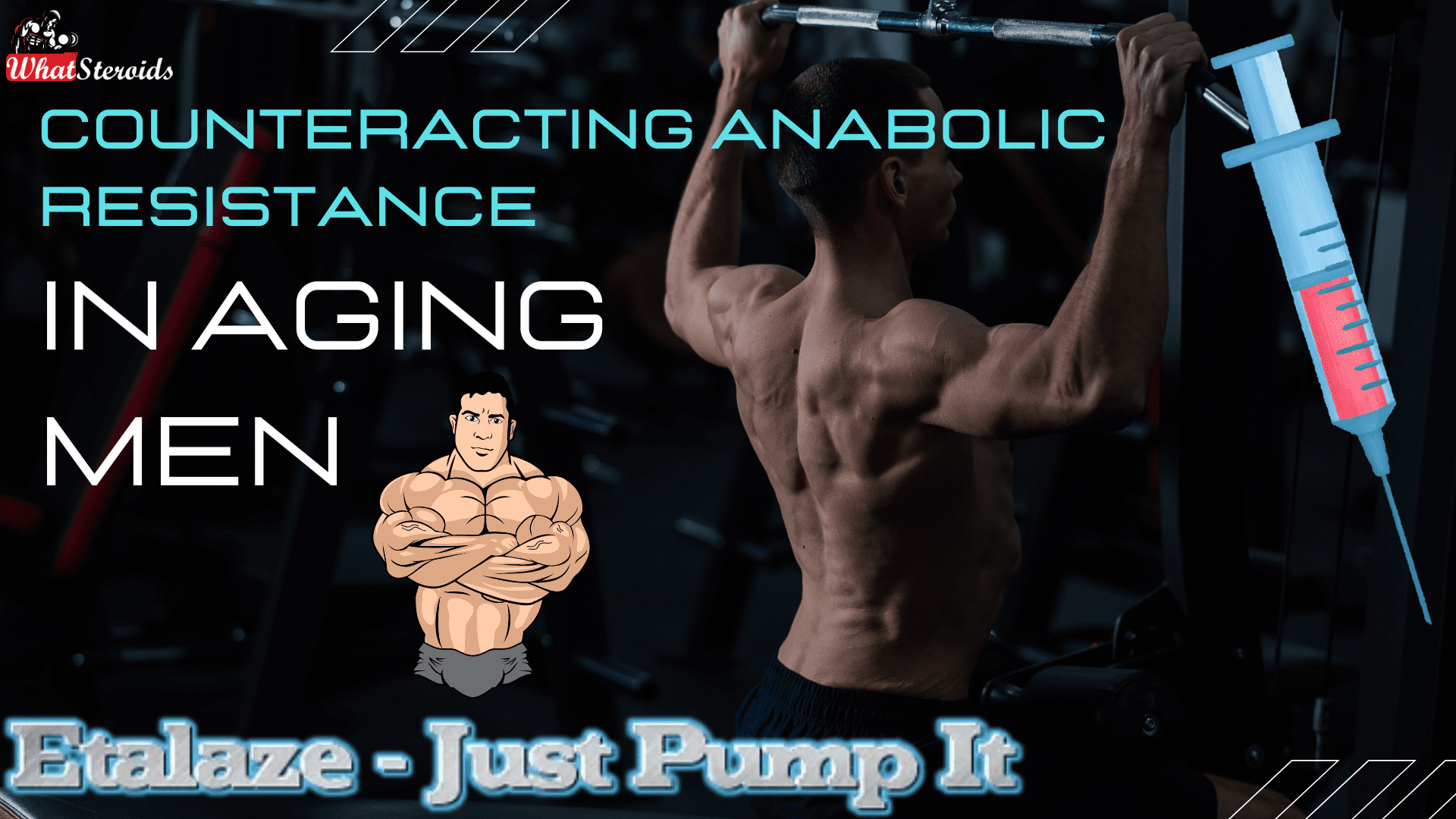
As people age, maintaining muscle mass and strength becomes increasingly challenging due to a natural condition called anabolic resistance. This phenomenon, where muscles become less responsive to exercise and protein intake, can start as early as age 40. However, adaptogens—herbs that help the body adapt to stress—are emerging as promising allies in combating this resistance and promoting muscle health.
Understanding Anabolic Resistance Symptoms
Aging athletes may experience several symptoms of anabolic resistance, including:
Decreased Muscle Protein Synthesis
Muscles become less responsive to protein, affecting growth and recovery.
Increased Cortisol Levels
Chronic stress raises cortisol levels, which can lead to muscle breakdown.
Hormonal Decline
Natural decreases in testosterone and growth hormone reduce muscle-building capacity.
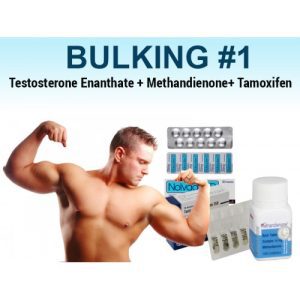 BULKING STEROID CYCLE #1 PRE SUMMER
BULKING STEROID CYCLE #1 PRE SUMMER
Top Adaptogens for Muscle Health
Some of the most commonly used adaptogens include Ashwagandha, Rhodiola Rosea, and Panax Ginseng. Their key benefits are:
Ashwagandha
-
- Supports testosterone levels.
- Reduces cortisol, improving recovery and muscle maintenance.
- Enhances endurance for sustained workouts.
Rhodiola Rosea
-
- Lowers fatigue and increases stamina.
- Reduces stress, supporting muscle retention.
Panax Ginseng
-
- Boosts energy levels for longer, more effective workouts.
- Supports immune function, aiding in recovery.
 Click Here to Buy Cardarine GW501516 by Etalaze
Click Here to Buy Cardarine GW501516 by Etalaze
How Adaptogens Support Muscle Tissue and Overall Health
Adaptogens help counteract anabolic resistance by:
Regulating Hormones
Ashwagandha may optimize testosterone and growth hormone levels, essential for muscle maintenance.
Lowering Cortisol Levels
High cortisol can exacerbate anabolic resistance. Adaptogens like Rhodiola and Ashwagandha help reduce cortisol, fostering a more anabolic environment.
Enhancing Energy and Endurance
Rhodiola and Ginseng boost energy levels, helping athletes maintain workout intensity, crucial for combating anabolic resistance.
Boosting Recovery and Reducing Fatigue
Ashwagandha aids muscle recovery, and Rhodiola reduces fatigue, both vital for consistent training intensity.
Tips for Integrating Adaptogens into Your Routine
Must Read: Top Erection Gels and Creams for Him
To incorporate adaptogens into your daily life, consider these tips:
Start Small
Begin with a lower dose to gauge your body's response.
Cycle Use
Use adaptogens for 6-8 weeks, then take a short break to reset and maintain their effectiveness.
Choose Quality Supplements
Opt for third-party tested and certified supplements to ensure potency and purity.
More Options to Counteract Anabolic Resistance in Older Men
Related Article: Peptides Vs Steroids - A Complete Guide
When it comes to counteracting anabolic resistance in older men, it's important to consider both safety and efficacy. Here are some options that might be beneficial:
Selective Androgen Receptor Modulators (SARMs): These compounds are designed to mimic the effects of anabolic steroids without the severe side effects. They can help increase muscle mass and strength.
Testosterone Boosters: Supplements like Adaptophen contain natural ingredients such as Tongkat Ali, Siberian Rhodiola Rosea, and Elk Antler Velvet, which are promoted to boost testosterone levels, improve muscle growth, and aid recovery.
Human Growth Hormone (HGH): HGH supplements can help increase muscle mass and strength, but they should be used under medical supervision due to potential side effects.
Ecdysterone: This compound is found in certain plants and has been shown to have anabolic effects similar to anabolic steroids but with fewer side effects.
Turkesterone: Another natural compound that has shown promise in increasing muscle mass and strength without the harsh side effects of anabolic steroids.
It's crucial to consult with a healthcare professional before starting any new supplement regimen, especially if you have underlying health conditions or are taking other medications. They can help you determine the best course of action based on your individual needs and health status.
Recommended Exercises to Restore Muscle In Older Men
Restoring muscle loss in older men can be effectively achieved through a combination of resistance training and functional exercises. Here are some of the most effective exercises:
Dumbbell Squats: These help build lower body strength and muscle mass. Stand with feet shoulder-width apart, holding dumbbells at your sides, and squat down while keeping your chest up.
Incline Dumbbell Bench Press: This exercise targets the upper chest and shoulders. Lie on an incline bench, holding dumbbells, and press them upwards until your arms are fully extended.
Chest-Supported Dumbbell Rows: Great for strengthening the back muscles. Adjust the bench to an incline, chest-supported, and pull the dumbbells towards your torso while keeping your back straight.
Planks: Excellent for core strength and stability. Hold a forearm plank position, keeping your body in a straight line from head to heels.
Bird Dogs: This exercise improves core strength and balance. Start in a tabletop position, extend one arm and the opposite leg, and hold for a few seconds before switching sides.
Bodyweight Exercises: Exercises like push-ups, lunges, and step-ups are also beneficial for maintaining muscle mass and overall strength.
Incorporating these exercises into a regular workout routine can help combat muscle loss and improve overall fitness. Remember to start slowly and gradually increase the intensity to avoid injury.
Conclusion
While adaptogens are not a substitute for a balanced diet or structured training, they offer a natural way for aging athletes to manage anabolic resistance. By supporting hormonal balance, reducing stress, enhancing energy, and aiding in recovery and fatigue, adaptogens like Ashwagandha, Rhodiola Rosea, and Panax Ginseng can help athletes, especially those over 40, stay strong and healthy as they age.
Don't Miss: Sleeping Positions for Effective Muscle Recovery
Steroids
Tips on How to Store Peptides and HGH
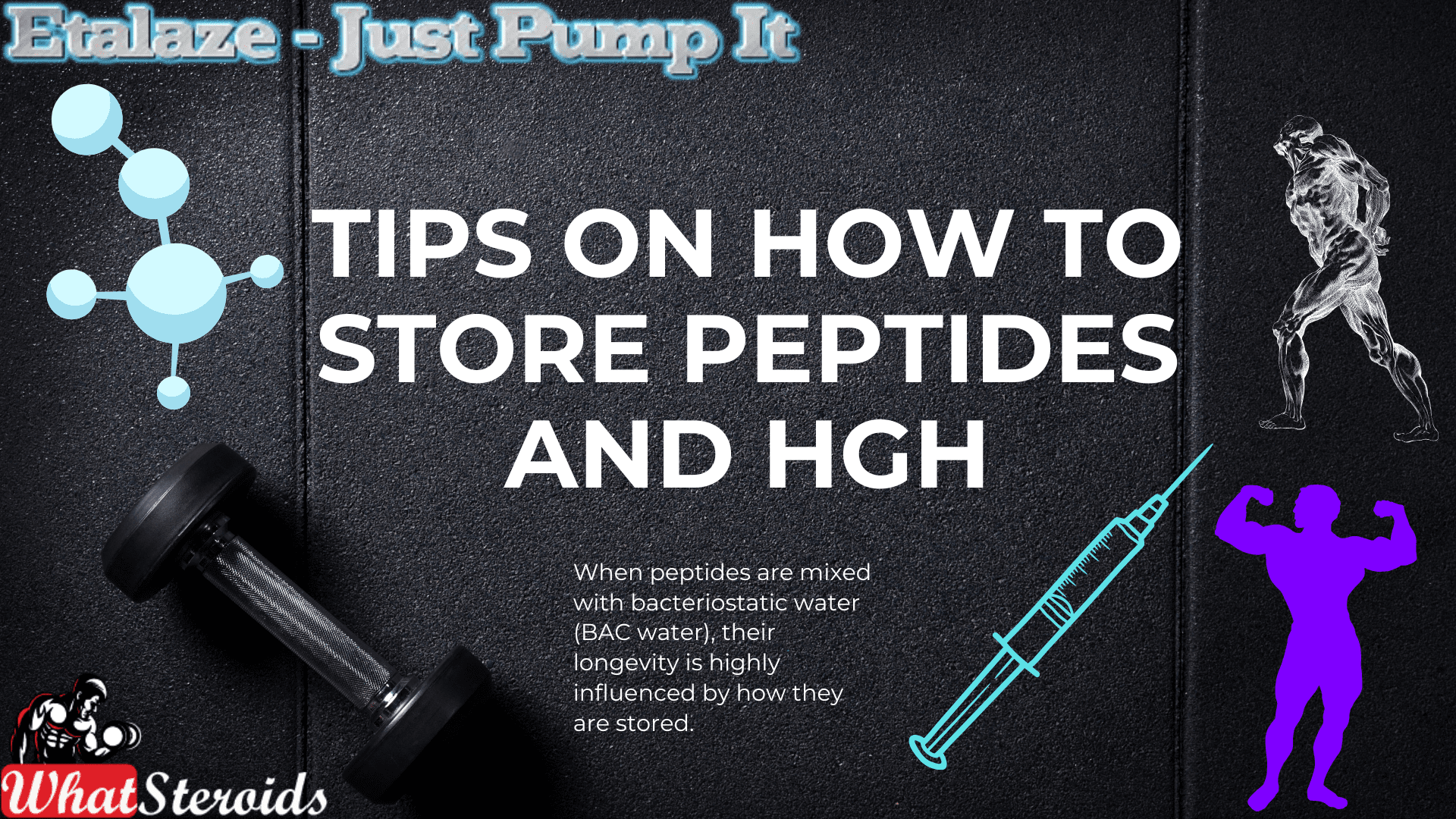
When peptides are mixed with bacteriostatic water (BAC water), their longevity is highly influenced by how they are stored. Correct storage is crucial, as improper conditions can compromise their quality and reduce their efficacy.
Explore: Hypertrophy Training Program
Key Storage Guidelines
Room Temperature: Peptides tend to degrade rapidly at room temperature, lasting only a few hours to a day. It's best to use them immediately in this condition.
Refrigeration (2-8°C): When stored in a refrigerator, peptides mixed with BAC water can remain stable for 2-4 weeks. However, some peptides may degrade more quickly than others, so limiting storage to around two weeks is safest.
Freezing (-20°C or lower): For prolonged storage, freezing is the best option, maintaining peptide stability for several months. It is important to avoid multiple cycles of thawing and refreezing, as this can degrade the peptides.
It's important to note that storage guidelines can differ depending on the specific peptide, so always check for the particular recommendations to ensure maximum longevity and effectiveness.
NOTE: Peptides reconstituted with Sterile Water only remain potent for 2-3 days, even under ideal storage conditions. This is because sterile water lacks the antibacterial properties of BAC water, leading to faster bacterial growth and peptide degradation.
Finding Containers to Store Peptides and HGH
You can find containers for storing peptides and HGH at various online retailers and specialty stores. Here are a few options:
Edge Peptides: They offer a range of storage containers suitable for peptides, including glass and high-quality plastic vials.
Peptide Sciences: This site provides information on peptide storage and offers appropriate containers.
Muscle and Brawn: They have guidelines on peptide storage and sell containers designed for this purpose.
Make sure to choose containers that are chemically inert, such as glass or high-quality plastic, to avoid any reactions with the peptides. Additionally, ensure the containers are tightly sealed to prevent contamination and degradation.
What Would Be the Best Peptides and HGH for Beginners?
For beginner bodybuilders and athletes, it's important to start with safe and effective options. Here are some of the best peptides and human growth hormone (HGH) supplements:
Peptides for Muscle Growth
Ipamorelin: Stimulates growth hormone production, aiding muscle growth and fat loss.
CJC-1295: Enhances growth hormone release, promoting muscle growth and improving sleep quality.
Hexarelin: Stimulates growth hormone release, aiding muscle gain and cardiovascular health.
Sermorelin: Increases growth hormone production, beneficial for muscle growth.
GHRP-6: Stimulates growth hormone release, increasing energy levels and aiding muscle growth.
HGH Supplements
CrazyBulk HGH-X2: Boosts HGH production, increases energy levels, and helps build muscle mass.
HyperGH 14x: Promotes muscle growth and improves performance.
GenF20 Plus: Maintains optimal HGH levels, aiding in muscle growth and anti-aging.
PGH-1000: Enhances strength and stamina.
Sytropin: Supports physical fitness, anti-aging, and andropause.
Summary
Storing peptides and human growth hormone (HGH) properly is crucial for maintaining their effectiveness and ensuring safety. Peptides should ideally be stored in a refrigerator at 2-8°C for up to 2-4 weeks when mixed with bacteriostatic water, while freezing them at -20°C or lower extends their stability for several months, but avoid thawing and refreezing. When reconstituting peptides, use bacteriostatic water instead of sterile water to maintain potency for a longer duration (2-4 weeks versus 2-3 days). Use chemically inert containers, like glass or high-quality plastic vials, and ensure they are tightly sealed. Maintain sterility during reconstitution and storage to prevent bacterial contamination.
Use reconstituted peptides as soon as possible to avoid degradation in solution. Popular peptides for muscle growth include Ipamorelin, CJC-1295, Hexarelin, Sermorelin, and GHRP-6, while CrazyBulk HGH-X2 is a common supplement to boost HGH production. Always check the specific storage recommendations for each peptide, as they can vary.
Remember, it's crucial to consult with a healthcare professional before starting any new supplement regimen to ensure it's safe and appropriate for your individual needs.
-

 Steroids2 years ago
Steroids2 years agoVOX Testing: Why Bodybuilders Must Have It Tested Regularly
-

 Steroids2 years ago
Steroids2 years agoShavers and Other Body Grooming Equipment for Bodybuilders In 2023
-

 Steroids2 years ago
Steroids2 years agoChatGPT and Other Avenues to Find Great Bodybuilding Coaches
-
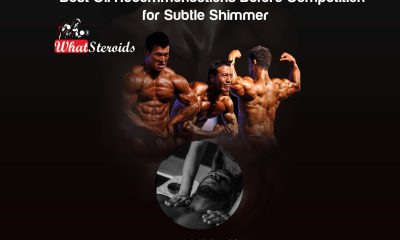
 Steroids2 years ago
Steroids2 years agoBest Oil Recommendations Before Competition for Subtle Shimmer
-
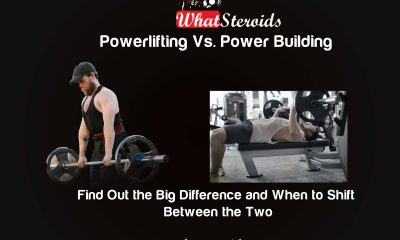
 Steroids2 years ago
Steroids2 years agoPowerlifting Vs Power Building: Find Out the Big Difference and When to Shift Between the Two
-

 Nutrition1 year ago
Nutrition1 year agoEverything Nutritional Food: What’s Too Much Or Too Little
-
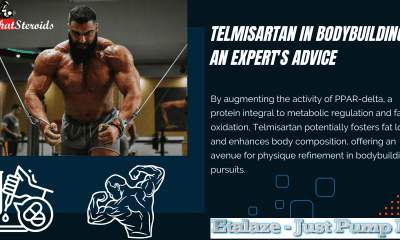
 Bodybuilding Products12 months ago
Bodybuilding Products12 months agoTelmisartan In Bodybuilding: An Expert’s Advice
-

 Anabolic Steroids1 year ago
Anabolic Steroids1 year agoLegality of Anabolic Steroids In Latin America
-
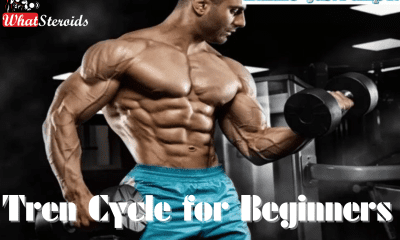
 Beginners2 years ago
Beginners2 years agoTren Cycle for Beginners
-
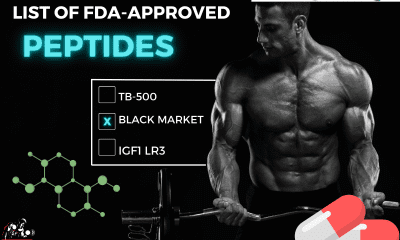
 Bodybuilding1 year ago
Bodybuilding1 year agoList of FDA-Approved Peptides
-

 Bodybuilding2 years ago
Bodybuilding2 years agoCompetition Prep Cycle for Pro Bodybuilders
-

 Bodybuilding1 year ago
Bodybuilding1 year agoChia Seeds in A Bodybuilder’s Diet: An Expert’s Advice
-

 Anabolic Steroids11 months ago
Anabolic Steroids11 months agoHow Much Do You Know About B-AET? A Fat Burner You’ve Been Missing
-
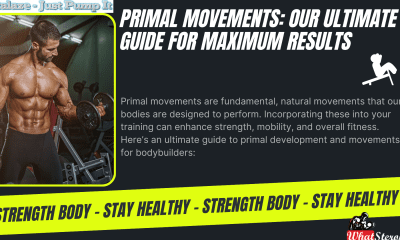
 Bodybuilding7 months ago
Bodybuilding7 months agoPrimal Movements: Our Ultimate Guide for Maximum Results
-
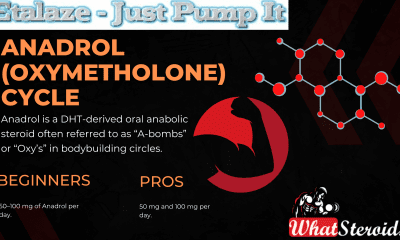
 Steroids11 months ago
Steroids11 months agoAnadrol Cycle: Benefits, Doses, Alternatives, etc.
-

 Anabolic Steroids8 months ago
Anabolic Steroids8 months agoJoint Stiffness: How to Manage It While on AAS
-

 Product Reviews10 months ago
Product Reviews10 months agoTop Vitamins for Skin Health
-
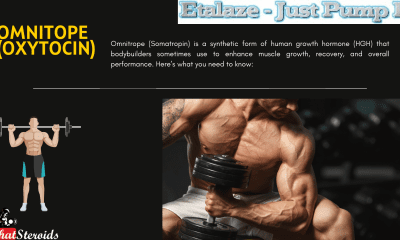
 Steroids9 months ago
Steroids9 months agoOmnitope (Oxytocin)
-

 Bodybuilding1 year ago
Bodybuilding1 year agoHow Much Is Too Much Cardio? Understanding Heart Rate Zones
-
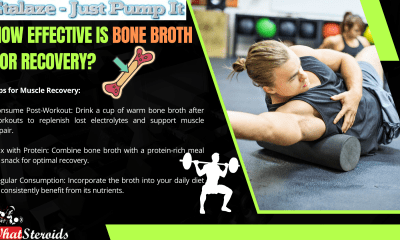
 Bodybuilding8 months ago
Bodybuilding8 months agoHow Effective is Bone Broth for Recovery?
-
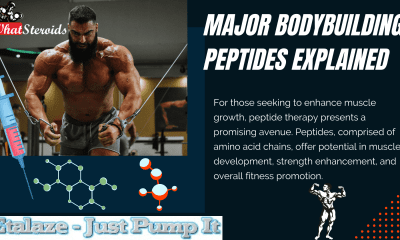
 Steroids10 months ago
Steroids10 months agoMajor Bodybuilding Peptides Explained
-
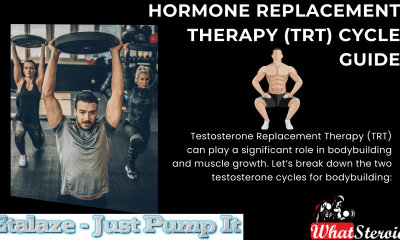
 Bodybuilding9 months ago
Bodybuilding9 months agoHormone Replacement Therapy (TRT) Cycle Guide
-

 Steroids8 months ago
Steroids8 months agoSleeping Positions for Effective Muscle Recovery
-

 Anabolic Steroids1 year ago
Anabolic Steroids1 year agoStart The New Year Strong With These Tips
-
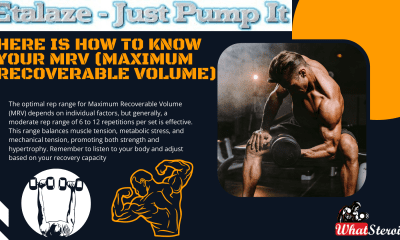
 Bodybuilding10 months ago
Bodybuilding10 months agoHere Is How To know Your MRV (Maximum Recoverable Volume)


